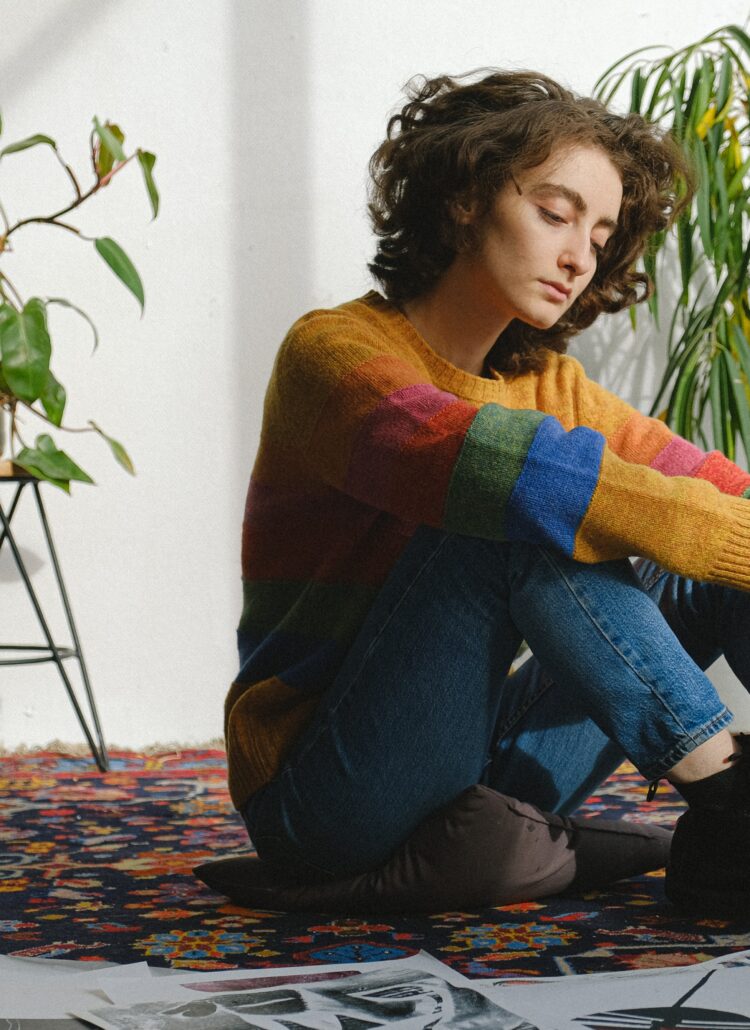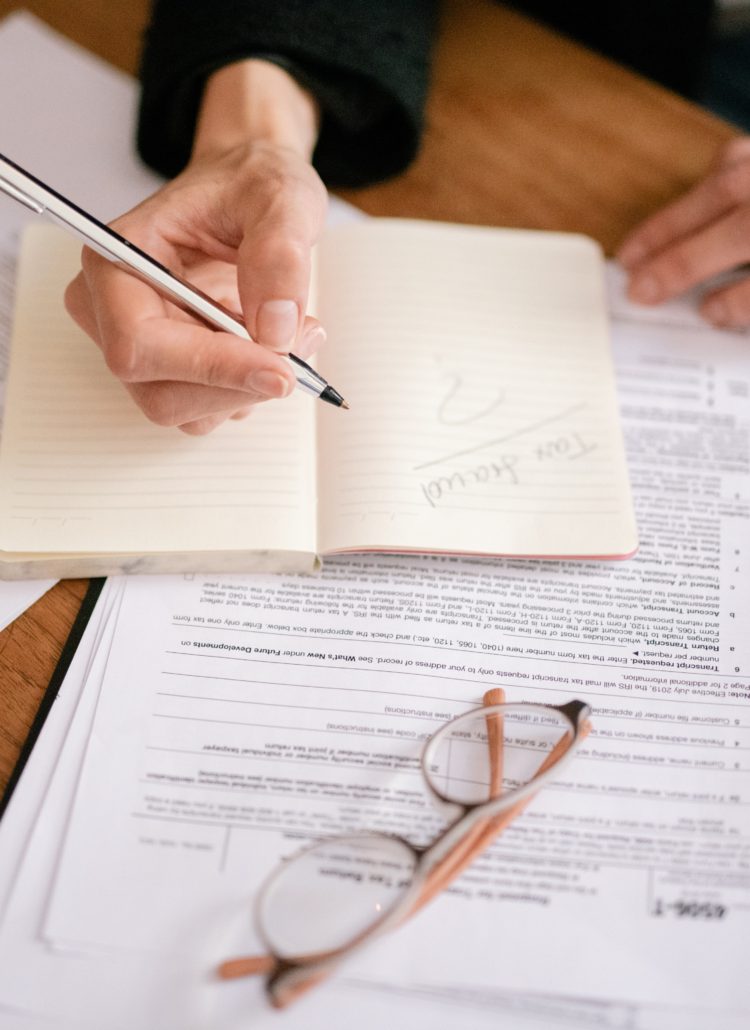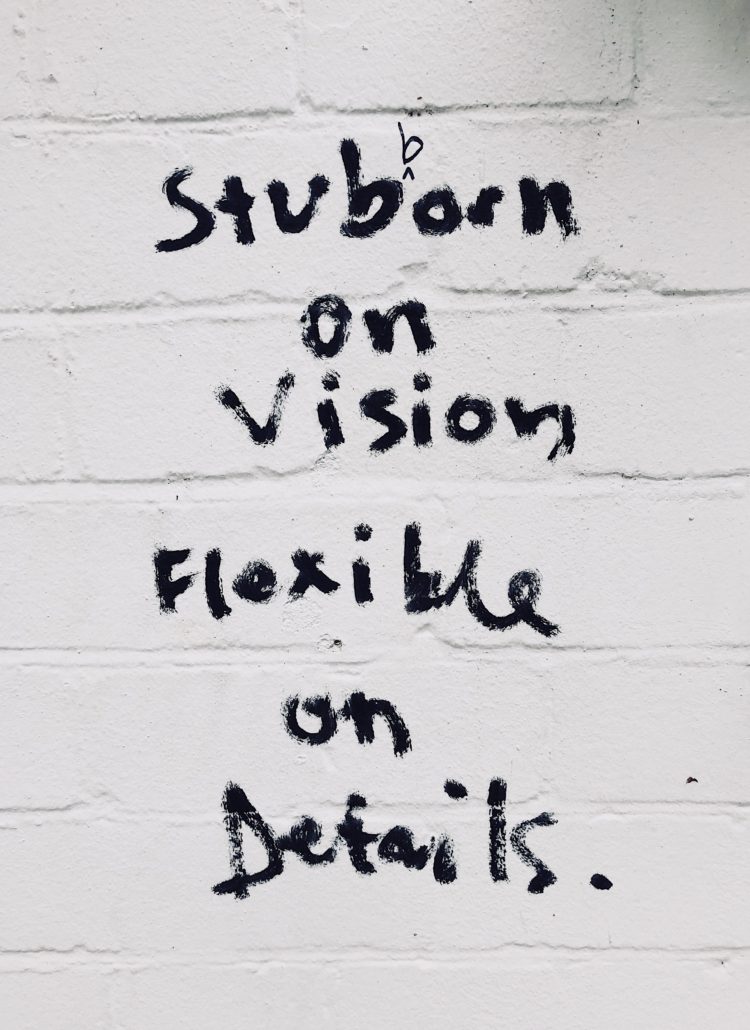
You’ve heard the saying ‘life imitates art’ but what about when life gets in the way of art?
Let’s face it, we all have busy lives and sometimes it gets extra crazy. Maybe you have a sick relative you’re taking care of, or maybe you’re having health issues of your own. Perhaps you’re just inundated with appointments at the moment, or in the tedious process of buying a house, or in the middle of a move. Whatever it is, good or bad, it takes you away from doing your art. This happens to all artists; perhaps right now it’s happening to you.
The simple fact is, life can often get in the way of art.
Balancing everyday responsibilities, such as work, family, and other commitments, with the time and mental space needed for creative expression can be challenging. However, many artists find ways to integrate their experiences and emotions from life into their art, turning these challenges into inspiration.
It requires discipline, time management, and sometimes the ability to prioritize and make sacrifices. Creating a dedicated space and time for art, seeking support from others, and staying motivated through a strong passion for the art can help in maintaining a balance.
Though it can be difficult, there are several strategies you can use to ensure that life doesn’t get in the way of your creativity:
Set a Schedule: Allocate specific times for your art. Treat these times as non-negotiable appointments, just like a job or important meeting.
Create a Dedicated Space: Have a specific place for your art. This can help signal to your brain that it’s time to be creative when you’re in that space.
Prioritize and Plan: List your priorities and make a plan that balances your responsibilities and your creative goals. This might mean cutting back on less important activities.
Incorporate Art into Daily Life: Find ways to integrate creativity into your daily routine. This can be as simple as doodling while on the phone or brainstorming ideas during your commute.
Set Realistic Goals: Break down large projects into smaller, manageable tasks. This makes it easier to make progress even if you have limited time.
Use Small Time Blocks: Take advantage of small pockets of time. Even 10-15 minutes of focused work can add up over time.
Avoid Perfectionism: Accept that not every piece of art will be a masterpiece. Allow yourself to create freely without the pressure of perfection.
Stay Motivated and Inspired: Surround yourself with sources of inspiration, whether it’s other artists, books, music, or nature. Stay connected to what drives your passion.
Limit Distractions: Identify and minimize distractions during your creative time. This might mean turning off your phone, limiting social media, or finding a quiet place to work.
Self-Care: Taking care of your physical and mental health can improve your overall productivity and creativity. Ensure you get enough rest, exercise, and relaxation.
Join a Community: Being part of a group of like-minded individuals can provide support, motivation, and accountability. Consider joining art classes, groups, or online communities.
Reflect and Adjust: Regularly review your progress and adjust your strategies as needed. Be flexible and willing to change your approach if something isn’t working.
The other thing to remember is, sometimes there really is too much going on in your life and if this is the case it’s OK to take a short break. Don’t beat yourself up about it, that’s life. When things settle down, you can get back to your art, all the more ready to create.
Until next time…






